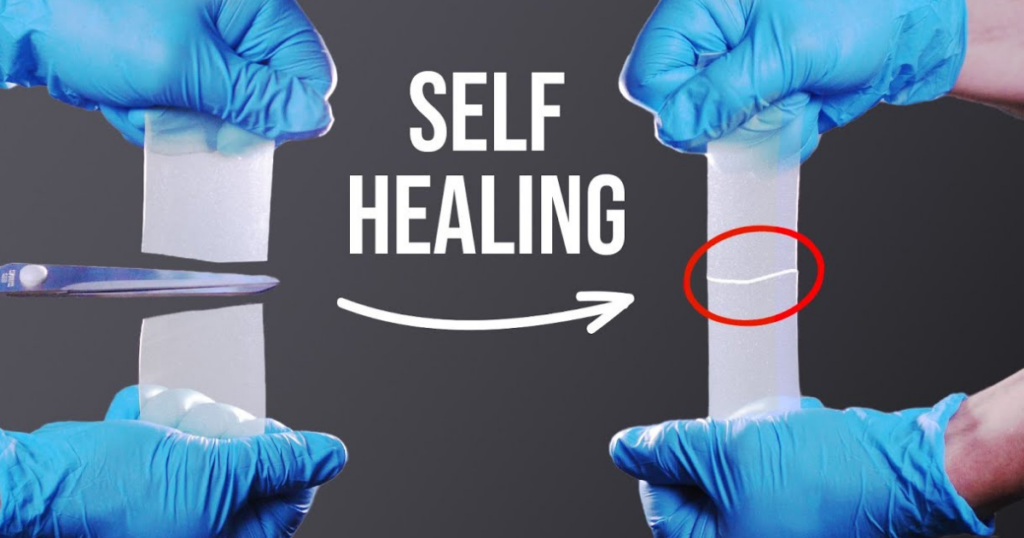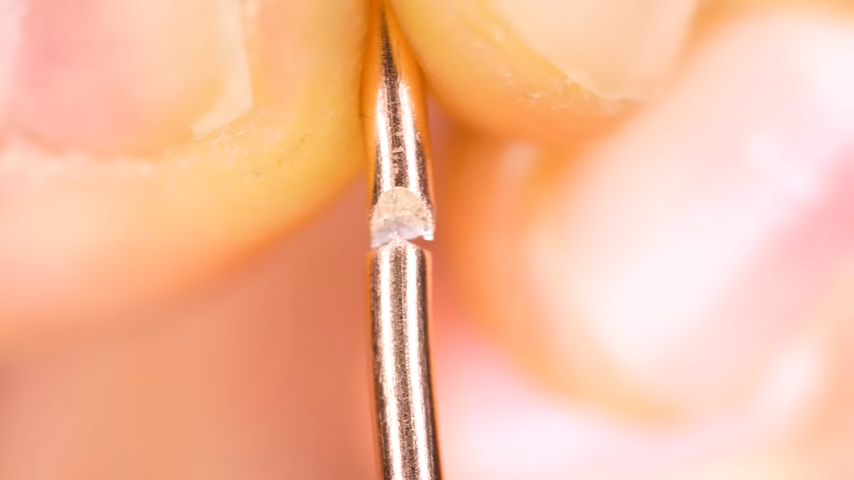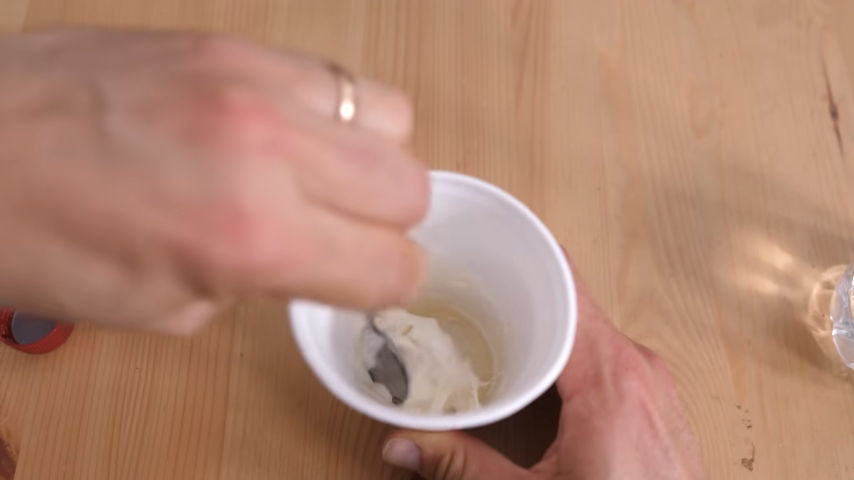
Have you ever wished you could fix a broken object simply by sticking the pieces together? Well, with self-healing polymers, that might just be possible! Lets take a closer look at these fascinating materials and explores the science behind their ability to mend themselves.
Beyond Blu Tack:
Unlike sticky materials like Blu Tack, this self-healing polymer doesn’t rely on simple adhesion. Instead, it utilizes its molecular structure to achieve its magic. But why can’t metals or even plastic do the same?
The Case of Stubborn Metals:
Metals, for instance, readily oxidize when exposed to air, forming a barrier that prevents them from fusing back together. Even in a vacuum, metals like steel can cold weld, but that’s not the desired outcome.

Plastics: Stuck in Their Ways:
Plastics, on the other hand, suffer from broken covalent bonds at the cut site. These bonds react with surrounding molecules, rendering the surface unreactive and unable to reform connections.
The Secret Sauce of Self-Healing:
So, what makes this polymer different? The exact explanation is shrouded in secrecy, but two main possibilities emerge:
- Polymerization: This process involves joining smaller molecules into longer chains, potentially creating new bonds between the cut surfaces. The reaction might occur at room temperature due to specific catalysts or the absence of highly reactive radicals.

- Crosslinking: Here, individual polymer chains are linked together at various points, forming a more robust network. When the cut surfaces touch, chains from both sides might undergo crosslinking, effectively healing the break.

The Mystery Deepens:
While the exact mechanism remains under wraps, some key observations are intriguing:
- The polymer only bonds to itself, not other materials.
- The reaction happens at room temperature, unlike most such processes.
- The material isn’t sticky, suggesting specific interactions between its molecules.
Beyond the Theories:
A third, less likely explanation involves microcapsules embedded within the polymer. These capsules could release a healing agent upon damage, similar to some commercially available self-healing tapes.
The Quest for Knowledge Continues:
Steve’s exploration doesn’t end here. He promises to delve deeper and share any new discoveries about this fascinating material. So, stay tuned for further insights into the world of self-healing wonders!
Key Takeaways:
- Self-healing polymers offer exciting possibilities for self-repairing materials.
- The exact mechanism behind their self-healing ability remains a trade secret.
- Polymerization and crosslinking are two possible explanations.
- The material’s unique properties, like self-bonding and room-temperature reactions, raise further questions.




